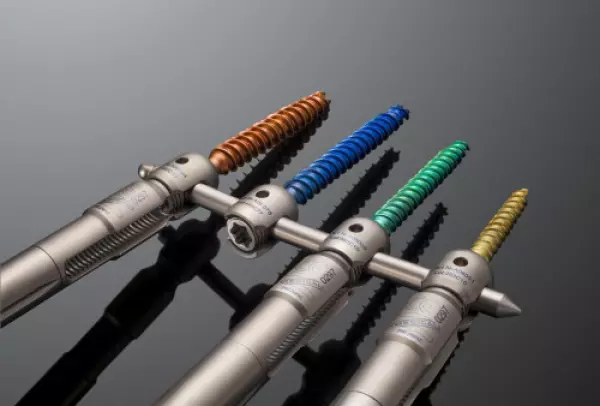
The MIS Z-Pedicle Screw System and the pre-sterilized implants offer surgeons an ideal solution for...
Portal and digital medical technology fair of the largest MedTech cluster in Germany

Pedicle screws and pedicle screw system are surgical devices for the fixation of the tendons in the ankle. The devices are commonly used to repair ligament injuries in the foot. These surgical instruments are designed to reduce the risk of recurrent injury to the ankle. The FDA reviews and approves these devices only after a thorough review of the relevant literature. However, the use of these devices should not be done without obtaining the necessary approvals and licenses from regulatory authorities.
The FDA has classified pedicle screw systems as a Class II/special controls device for spinal treatment. Although this device has been used off-label for many years, it has become an important treatment option for many patients. The panel of the FDA's orthopedic department has recommended that the FDA recognize these off-label uses. The system is intended for use in the treatment of degenerative disc disease and spondylolisthesis that does not cause significant neurologic impairment.
A surgical procedure using pedicle screws or pedicle screw systems will not result in a degeneration of the vertebral column. It can improve spinal stability. A Pedicle screw system consists of multiple components designed to be inserted into the lumbar spine. A surgeon can tailor the implant system to meet the patient's needs. A spinal implant assembly can include hooks, screws, longitudinal members, transverse connectors, and cross connectors. Rigid pedicle screw systems are ideal for patients who require immediate, rigid fixation of the spinal column.
Traditional rigid pedicle screw systems are commonly used in class III indications. In the 2013 Panel Meeting, the committee recommended class II classification for traditional rigid pedicle screw systems. A study published in JAMA reveals that SRS significantly increased the pullout strength of the screws. The FDA has concluded that the lateral position of the screws may be a major contributor to the failure rate. The use of PMMA screws also improves the durability of the implants.
While rigid pedicle screw systems have similar adverse events, they are still preferred for some indications. The FDA is aware of no evidence that these surgical devices increase the risk of fracture. The panel recommends Class III procedures when an alternative method is unavailable. They are used in certain cases for people with spinal stenosis and in chronic low back pain. In addition, the stiffness of standard rigid pedicle screws and cortical screw systems depends on the patient's needs.
While both rigid and semi-rigid systems have advantages and disadvantages, both have advantages and disadvantages. Some have more complications and require more time, while others have less risks. If you're looking for a pedicle screw system, you should know what options are best suited for you. These surgical procedures have different outcomes and risks. So, you should choose one that meets your needs and minimizes your pain.
Become a digital exhibitor yourself in the online portal of the largest and best-known MedTech cluster region in Germany and inform the world of medical technology about your products and services as well as about news, events and career opportunities.
With an attractive online profile, we will help you to present yourself professionally on our portal as well as on Google and on social media.